
I often think about Hvis Lyset tar oss (If the Light Takes Us) by Varg Vikernes. The music comes from Bergen; it was written in 1992, released in 1994 and in some strange way contains some of the dark matter which, along with the legacy of “Kristiania Bohème”, is constitutive of the recent art scene in Oslo.
There is no doubt that over the past ten years Oslo has had the most vital and interesting art scene in Scandinavia. A long succession of factors help to make a scene interesting: a proper infrastructure, good funding, high-profile institutions, national and international networks, plus of course artists who live and work in the city. You might think that the energy of the Oslo scene is simply due to the present privileged economic situation of Norway, but in my eyes that is a very small part of the explanation. The vitality doesn’t have a great deal to do with oil and capital management. In my time as a professor at the Academy of Fine Art in the city in 2003-2012 I thought a good deal about this. In the following I will try to describe the things that for me constitute the most striking positions in the new Oslo.

My relationship with the Norwegian art scene began in 1996, when I was invited as a visiting teacher to the academy of art in the old Hanseatic city of Bergen. It was my first teaching job at an art academy. On this trip I met two students who in different ways later became central figures for the scene in Oslo: Gardar Eide Einarsson and Vilde von Krogh. Einarsson, who is still one of the most talented students I have met, showed me a fine little replica of the Communist Manifesto by Marx and Engels. Vilde von Krogh introduced me to a kind of outsider art – mannequins with animal heads attached in a wild, fantastical style – which provoked and repelled me with their anthropomorphic unpleasantness. We were a small group who played poker back at von Krogh’s place, and I remember that I ended up passing out in a toilet from alcohol and probably also too much hash. I had really come to a city that was wallowing in black metal, and I understand well why Einarsson later had to emigrate to the States like so many Norwegians before him.
A few years later, around 2003, I was in Oslo as a visiting teacher at the Academy of Fine Art – invited by two students, Lina Viste Grønli and Helene Sommer. Vilde von Krogh had also come to the city and we spent several evenings in her artist-run gallery No. 9 in St. Olavs gate, where she talked about the plans for a new preparatory school, the Prosjektskolen (the Project School). At the time she was providing space for some exhibitions in the basement gallery with artists (including a number of her former pupils from the preparatory school Strykejernet, where she was teaching) such as Josefine Lyche, Ivan Galuzin, Marius Engh, Lene Berg, Marte Johnslien, Ida Ekblad and others of the young artists who were to become important figures on the scene in the course of the years ahead.
At No.9 I particularly remember Steinar Haga Kristensen’s Retrospective, an exhibition that mixed instruments, video, audio, painting and sculpture in a bizarre way, with a result that took the form of a kind of permanent exhibition that had always been there. I had never seen anything like this and brushed it off as the work of a young and irresponsible artist, not quite right in the head; but I couldn’t really forget it. A more responsible, elegant and subtle matter was Lutz Rainer Müller’s exhibition where, by way of an ingenious system of mirrors, he was able to bring light down from the roof into the dark basement premises. The exhibition bothered the occupants of the building so much that the gallery ended up having to close. In 2005 Vilde von Krogh opened Prosjektskolen with instruction in what could be called “free art”, and for many people this became an important introduction to the relationship between art and life, and the idea of daring to set your own premises.

At the Academy of Fine Art in Oslo on St. Olavs gate, where I started working as a full-time professor in 2006, there was a rather unusual situation. There was a really good art library and, quite uniquely for an academy of art, a public bar, Spasibar. The library and the bar were both important meeting places and in many ways the core of the Academy. It was from this milieu – with students from all over the world in the worn-down localities, miserable workshops and with the palace as a neighbour – that many of the artists came who today make up the Oslo scene. Unfortunately the Academy of Fine Art was closed down as an independent building and unit, and merged with other institutions into the large art school KHiO (Kunsthøgskolen i Oslo/The Oslo National Academy of the Arts), but that is another, depressing story.

In recent years a number of works by young Norwegian artists have given me what one could call, with Duchamp, an “aesthetic echo” – a kind of resonance in and irritation of the soul, if you like. They have all been created out of what can briefly be summed up as the will to freedom, subjectivity and autonomy. The three paths that particularly interest me are the arrogant-cryptic, the historicist-inclusive and the construction of the antagonistic artist-subject. All of them have an interesting relationship with abstraction, figuration and language that I do not quite understand, but about which I nevertheless think more or less every day as a source of inspiration.
In Scandinavian art the most striking features arise in groupings that form a critical field, a micro-scene in its own right. For the past decade in Oslo this model has often resulted in the establishment of an artist-run exhibition space. Incidentally, as a consequence and in acknowledgement of this, Arts Council Norway has in recent years made it possible to apply for support for three-year funding of this type of operation – an interesting example that shows why I take the view that Norwegian support for the arts represents one of the most progressive arts policies in Scandinavia.
One of the major breakthroughs for the new Oslo scene came in 2005 when Willy Wonka Inc., alias Ida Ekblad and Anders Nordby, presented the group exhibition With us against reality, or against us! at Sjokoladefabrikken in Grünerløkka. This was a mainly American-inspired exhibition with lines going back to the counterculture and the West Coast scene, to Mike Kelley through Beautiful Losers to Bjarne Melgaard’s drawings and dirty mattresses; a non-discursive approach with the body at the forefront, dressed up in a fearless do-it-yourself attitude with which the two artists have each worked with separately ever since – Ekblad through aggressive production with steel and oil paint, and Nordby on a more elusive, obscure path using more or less anything he can get hold of in the way of materials and meanings.
This arrogance and daring continued at the exhibition space Annen Etage (Second Floor), which was housed at the Academy of Fine Art and had been established by Eirik Sæther. In the period 2009-11 Annen Etage produced about ten exhibitions (of among other artists Ida Ekblad, Cyprien Gaillard and New Jerseyy), which led to among other things participation in “Dark Fair” at the Kölnischer Kunstverein in 2009. A distinctive kind of energy was associated with this place. It was as if the tendency of the time towards quasi-academic research art and the seeking-out of well-produced presentation types were totally phased out at Annen Etage.

The artists around Annen Etage – Eirik Sæther, Anders Nordby, Ida Ekblad, Sebastian Helling and Arild Tveito, but also people from the outside such as Steinar Haga Kristensen – became representatives of a return to an existentially oriented form of art where the work points to its own being, coupled with a kind of erotic prankster narrative. These artists were obviously tired of sitting in front of the screen, but even if they were perhaps still not quite able to stay away from Google, plaster and oil paint were smeared well into the keyboard. I have incidentally also observed this double-edged monitor-madness among the young Danish artists, but unlike their Norwegian col-leagues they don’t have the same existential commitment to the material. Obviously, I am more inspired by the dirty passion in Oslo than the more antiseptic game with juxtaposed symbols that I see on the Copenhagen scene. Several times when I have met these young Norwegian artists, I have thought of Dieter Roth, who in a conversation with Richard Hamilton in 1974 said: “I’ve found this trick – that whatever, as an artist, you do and don’t like, you pour some stuff over it, and it will turn out to be marvellous! Everybody likes it, either for the reason that it seems to be ironical or for the reason that it seems to be lyrical”.
In parallel with Annen Etage, the Institutt for Degenerert Kunst (Institute for Degenerate Art) was formed by Anders Nordby, Eirik Sæther and Arild Tveito. The degenerate artists have operated since then through exhibitions and publications of a more or less shady character where they work with image formation and the accumulation and destruction of preconceived modes of consciousness. Actually, the mood of this collaboration reminds me of Oscar Wilde’s The Picture of Dorian Gray mixed with Youtube, and with a lot of stones, plaster, beer and spray cans into the bargain. Old-fashioned, regressive and aggressive.

The activities and the works concentrated around Annen Etage and the Institutt for Degenerert Kunst may well be inspired by earlier Norwegian artists like Kjartan Slettemark, Bjarne Melgaard and not least Matias Faldbakken, but at the same time it’s a different game. It’s more liberated and even more experimental. A number of the artists who appeared on the scene at the same time as the Institute operate within a similar matrix, including Sebastian Helling, Ann Cathrin November Høibo and Christian Tony Norum – a crucible that stirs together libido, form and anti-form, and is as stimulating as it is repulsive.

A corresponding, almost opposite breakthrough which I unfortunately did not attend myself took place in another part of the scene in 2007 when the artist group D.O.R. mounted a three-day performance, Kaupang Laive at the Young Artists Society (UKS) – a role-playing game that simulated life in the ancient Viking town of Kaupang, where the focus was on the introduction of Christianity to Norway. It is said to have been a strange, both introverted and extroverted action about origins and primal form, some¬thing that characterizes several of the group’s activities. D.O.R. (short for Deadly Orgone Radiation, a Wilhelm Reich reference), consisting of Kristian Øverland Dahl, Steinar Haga Kristensen and Sverre Gullesen, are more programmatic in character then for example the Institutt for Degenerert Kunst, and are typified by a certain inclination towards organization and inclusion, which led to among other things the opening of a gallery in Brussels in 2010. This was a long performance that extended over a couple of years and was concluded in 2012, when the gallery participated in the Armory Show in New York, presenting works by the artists whom they “represented” in the Brussels gallery. But the works had all been executed by D.O.R. themselves on the basis of instructions from the respective artists. The final dismantling of the idea of an alternative artist-run gallery took place when, at the fair in New York, they chose to sell off the gallery as franchises. The buyer thus had the possibility of opening his or her own D.O.R. gallery somewhere else. D.O.R. did in fact succeed in selling several franchises in New York.

Alongside D.O.R. and the Institute for Degenerate Art, two hyperactive places arose which, in terms of attitude and content, are in league with them – that is, the exhibition spaces Dortmund Bodega and NoPlace.
Dortmund Bodega started as a kind of illegal bar with related exhibitions, where Per-Oskar Leu, staged as a depressive black-metal figure in a solo exhibition in 2011, is the image that sticks most powerfully in my memory. The Bodega was started by among others Leander Djønne, who is both an active artist and a co-founder of the alternative discussion platform Parallellaksjonen (along with Anders Smebye, Anders Dahl Monsen and Snorre Hvamen).

NoPlace is run by Kristian Skylstad, Karen Nikgol, Stian Gabrielsen and Petter Buhagen, and now also Hans Christian Skovholt. The place started up in 2011 and since then has mounted 70 (!) exhibitions and has had a strong profile as an exhibition space. Like D.O.R.’s gallery in Brussels they have had an exhibition programme that runs right across the generations, from young artists like Lars Brekke, Thora Dolven Balke, Sigmund Skard, Kjersti Andvig through Victor Boullet to more established artists such as Vibeke Tandberg and Michel Auder. At this no-place you can in a sense meet the whole scene if you like, and in quick succession. Skylstad has more than anyone – both as a constructive and deconstructive force – played the role of the enfant terrible on the scene with the production of idiosyncratic text (among other ways in collaboration with Stian Gabrielsen) and video works with his own existence as the pivotal concern. Earlier in the 2000s Skylstad was also active in the organization of the now closed-down exhibition places Galleri Galuzin and TAFKAG (The Artspace Formerly Known As Galuzin), along with the artist Ivan Galuzin.
It is characteristic of all these groups (and others I haven’t mentioned such as Rekord, 1857, Saltarelli Salong, One Night Only, Grünerløkka Kunsthall and Tidens Krav) that they have plenty of energy and overlap one another in a kind of competitive solidarity. It also seems that some of the energy from the self-organized has spilled over into the younger professional institutions. And then there’s the fact that it isn’t just the artist-run places that create a whole scene. The commercial gallery Standard (Oslo), the highest-profiled Scandinavian gallery in the ‘00s, has also played a central role. Both the choice of artists and the way the exhibitions are produced mean that all the gallery’s exhibitions have an unmistakable touch of “Standard” about them. For the local scene and as an international representative of Oslo and Scandinavia, Standard is an important gallery, playing a role not unlike the one played by Galleri Nicolai Wallner in Copenhagen in the ‘90s. Before the owner of the gallery, the art historian Eivind Furnesvik, became manager of his own “football club” in the international league, he was – unusually for a gallerist – both a writer and the director of Fotogalleriet in Oslo.
https://vimeo.com/54062881
It is also characteristic – and a good explanation of the vitality of Oslo art – that the scene that Standard as well as the artist-run exhibition spaces have created has been to a great extent supported by the city’s small and medium-sized institutions. This goes for Marta Kuzma’s intelligent way of running OCA (Office of Contemporary Art Norway), as an exhibition space, a discursive programme and an important player in the international debate on art. The same is true of Kunsthall Oslo, which along with the book shop and publisher Torpedo opened in 2010 amidst the neo-liberal architecture at Bjørvika and which – with Will Bradley and Per Gunnar Eeg-Tverbakk at its head – has produced a series of striking exhibitions, often with a neo-Marxist edge. Among other things, there have been group exhibitions centring on the work of a single artist – like the exhibitions Det menneskelige mønster (The Human Pattern) about Hannah Ryggen and The Anti-Social Majority, where Lars Laumann invited artists to whom he related. Then there is the exhibition space of the young artists’ organization UKS, whose strength has been precisely been to show the first institutional solo presentations of young artists – like Tora Dalseng and Leander Djønne – mixed with exhibitions of an international stamp like Bruce High Quality Foundation and Karl Larsson. On top of this we have the latest revitalization of both the Henie Onstad Art Centre and Kunstnernes Hus.

This is a rather unique situation, and in the Nordic context we probably have to go back to the Stockholm of the mid-nineties to find an equally stimulating institutional landscape. But Stockholm didn’t have a similarly strong profile in the self-organized field. Or to Copenhagen in the same period, where on the other hand there was a strong self-organized scene, but on the other a rather wretched institutional scene (apart from Lars Nittve’s exhibitions at Louisiana as isolated bright spots). Most of all, I have sometimes thought that the case of Oslo recalls that of Cologne at the end of the eighties and the beginning of the nineties – a city that had a complete infrastructure of galleries, artist-run places, strong institutions and the discussions and artistic wildness that formed the strongest critical field in the post-war period in Europe. In the same way, over the past ten years, Oslo – at least at moments – has generated a vital arena for discussion among works, artists and positions.

The part of the Oslo scene that particularly interests me is the one that conducts what the German artist Stephan Dillemuth calls “bohemian research”. This is an old Norwegian “research field” that goes right back to the time around the “Kristiania Bohème” and which even relatively young artists see as an alternative. This may be a defensive stance, but it is nevertheless one of the few programme-free openings that exists to react in and respond to the pressure from the media and consumer culture. Or perhaps, more precisely, it is a negative dialectic of the kind Theodor W. Adorno conceived as a response to the administered world and the capitalist contract that we live in. In that case it is the continuation of a number of themes from the traditional modernist avant-garde: the relationships between life and art, figuration and abstraction, an antagonistic position and an experimental attitude. Perhaps it is just this that is in play. Perhaps the romantic idea of artistic freedom is paradoxically the only kind of resistance that is in fact left – an artist’s role that is deeply committed and indifferent at one and the same time.

My engagement as a professor in Oslo ended in the early summer of 2012. It happened indirectly at Kunsthall Oslo, where Steinar Haga Kristensen marked his interest in the past by transforming 28 tons of clay from the Oslo subsoil in a desperate attempt to constitute a body or figure without chains or a figure which after all never amounts to anything – just abstraction and awareness suspended in chaos. But perhaps my engagement does not end there at all – not until the summer, when I can see OCA’s presentation of Edvard Munch at the Venice Biennale. Along with Oda Krogh and another of her lovers, Hans Jæger, he was the original source of my personal interest in this whole local history, and perhaps it will not end at all with Munch, but with Lars Cuzner’s and Muhammad Ali Fadlabi’s monumental recreation of an African village from the Congo in the Frogner Park in 2014, in the same place where it was built up a century ago.
I have never really understood the scene in Oslo, but it’s as if you still meet the old ghosts from Kristiania, now in the form of myth, intuition, fear and freedom.


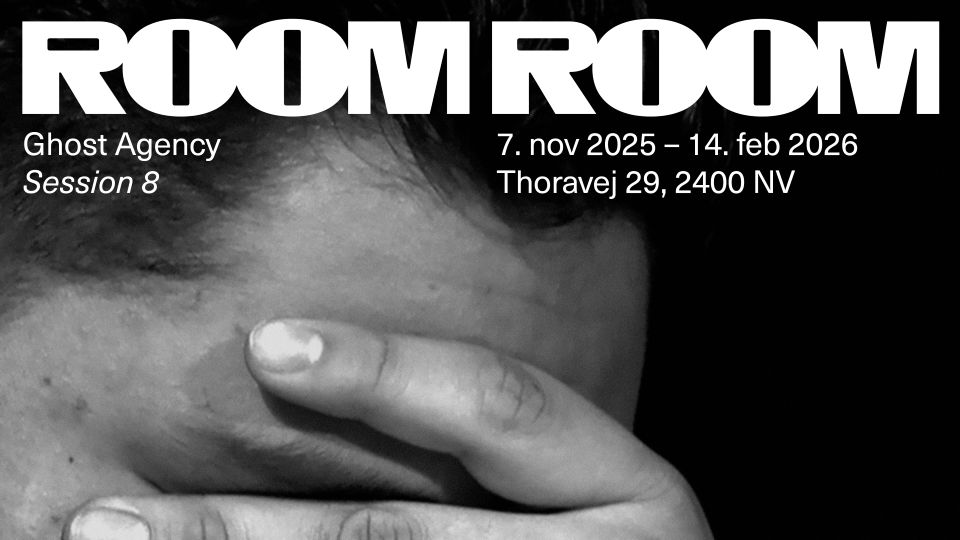


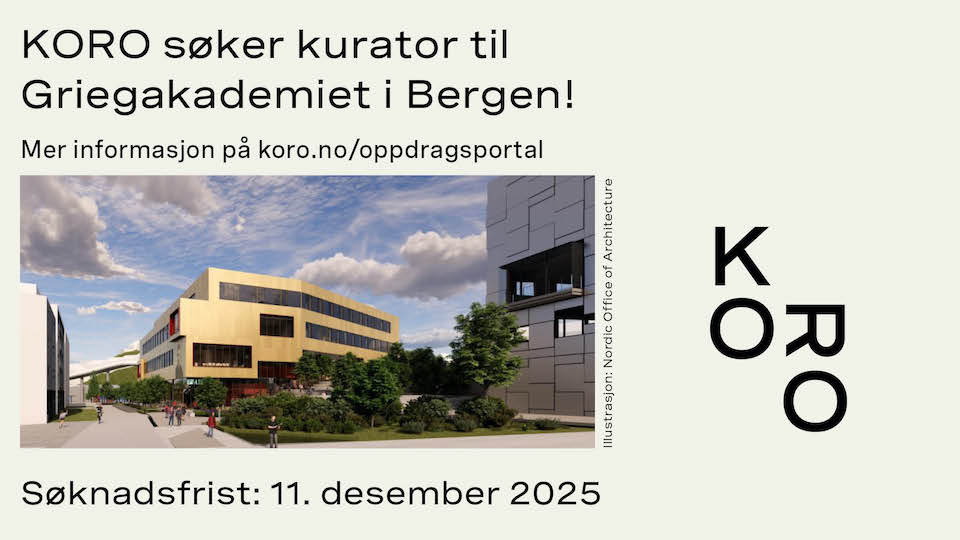
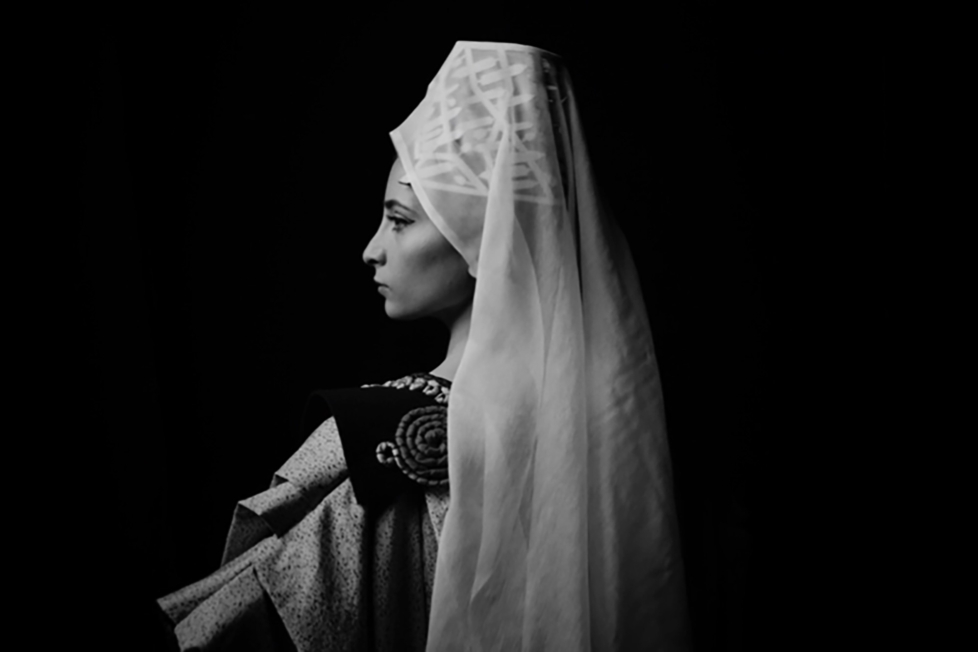
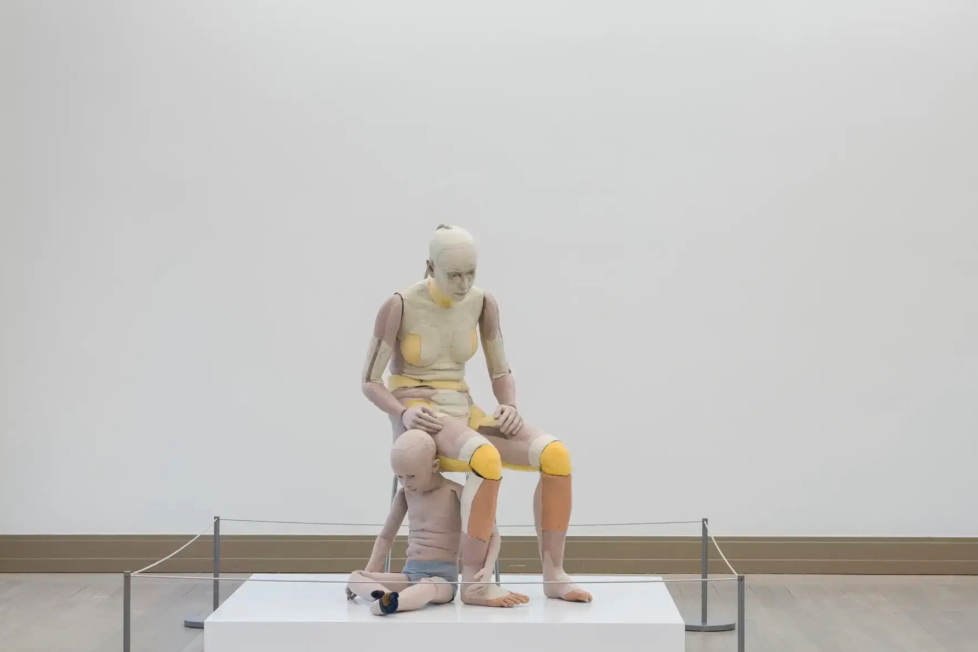
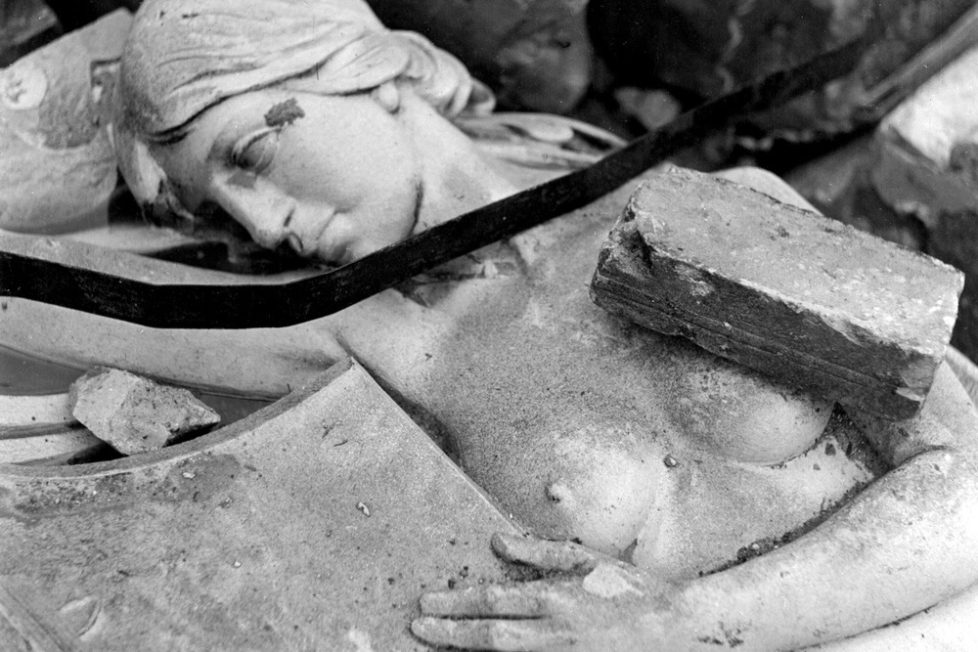
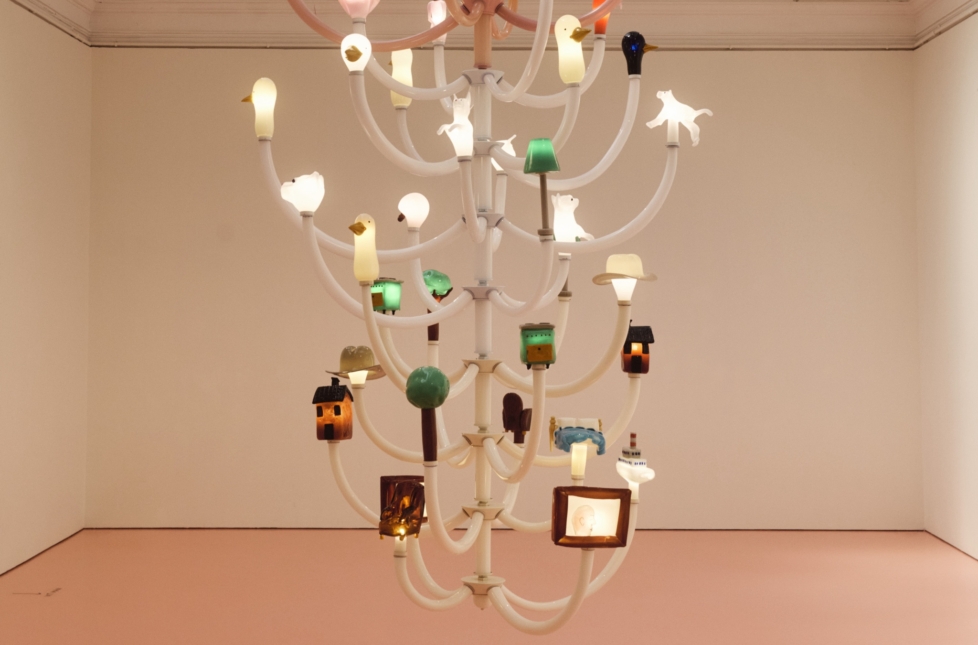
Comments